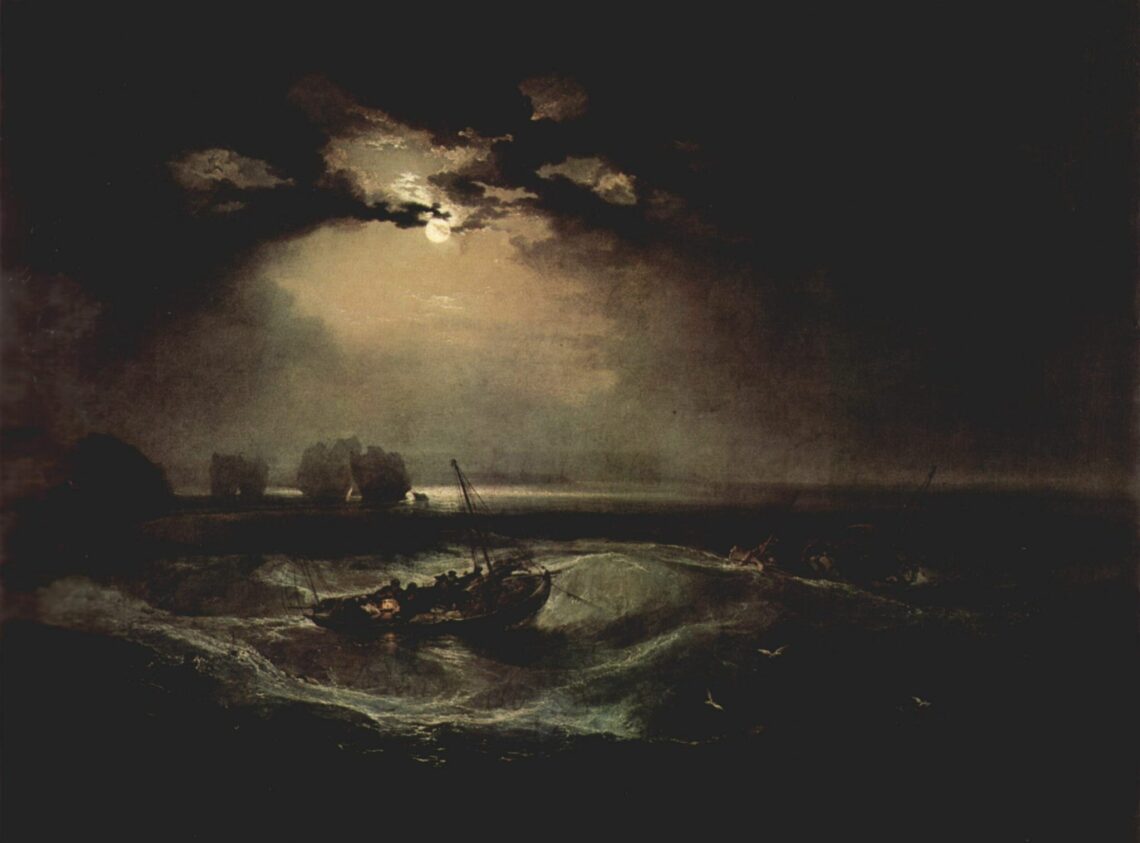
Writing with Outlines and Making Room for Unexpected Monsters
Glassmere marks my second real foray into a planned novel. The outline isn’t terribly strict, and it’s always changing and morphing. But it’s like this bright backbone I’m building around. For a seasoned pantser, this is a huge departure.
What I like most about the outline, though, is that it’s not as rigid as I thought it’d be. Sure, there are some writers who do a far more strict version than I do, where every scene and beat is painstakingly draw out in detail. Others use a detailed synopsis. Just different strokes, y’know? But for me, having this backbone means that, even in times of crunch (which, let’s be honest, feels like every day these days) I have a blueprint. I have somewhere to go.
It doesn’t mean that the words flow like water (or wine), though. There have been many days where I’m perfectly aware of what I’m supposed to be writing next, it just doesn’t happen. And I’m totally cool with that. The last two years I’ve finally managed a kind of writing pace zen, and it’s not about getting 3,000 words written in a day every day. It’s usually between 200 and 1500.
What it does mean, though, is that I have access to two really important tools I didn’t have before. Focus and flexibility of structure and scene.
Focus is the fairly obvious one. I have a chapter and I know what it’s roughly going to be about. I don’t have to sit and wonder. Right now, Eleanor is fighting for her life against a many-eyed horror emerging out of the sea and trying to eat Mr. Greenbank. That’s not the focus of the chapter. The focus of the chapter is arrival in the Other Country and her meeting with the Elephant Queen. (Yes, I realize writing all of this down is a little… well, it sounds crazier when it’s out of context.) Initially, the meeting with the Elephant Queen was going to be low key, a kind of “outsiders washed up on the strange shores and rescued by the locals” kind of vibe.
But then came the monster.
This is where the flexibility of structure and scene came in. The important part here is the word flexibility. It means that it can bend and twist, that it can change its shape but not its overall form. The focus, that form, remains the same. But when the creature emerged from the sea and snaked its long tendrils up Eleanor’s leg, the structure and scene shifted considerably. Motive changes. Character moves in ways I hadn’t anticipated before.
My outline, then, becomes a bit like a mansion of many apartments (to steal from Keats). In this case, I know the doors very well — even the hallways sometimes. I know where the characters are going in, and where they’re going out. But inside, it’s darkness. Inside, I have to light candles and pull back curtains and look under beds.
And that is really, really fun.
One of my biggest fears about writing outlines had to do with rigidity. That I wouldn’t have room for creativity. That I wouldn’t be able to excavate the way I love so much.
But just the opposite has happened. Because there is a backbone, I have more time to add to the details. I have more time for little pockets of discovery because I don’t have to worry about the big beats.
I know, it’s hard to change the way you write. But I encourage you, if you’re a writer and a pantser and struggling, to consider even the most rudimentary outline.
You need a map, after all. Even if not all the islands are discovered yet. No sailor would unlikely go to sea without the stars and a compass to guide them, right?
Featured image: J. M. W. Turner [Public domain or Public domain], via Wikimedia Commons





